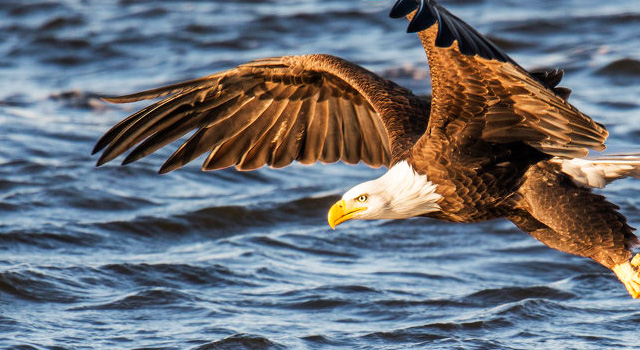 Wildlife photography requires skill, patience and persistence. There are times when you return home with little to show for hours of effort. Over time, your experience and knowledge builds and the rewards come. Great wildlife photographs can give rare insight into rarely seen moments of the natural world.
Wildlife photography requires skill, patience and persistence. There are times when you return home with little to show for hours of effort. Over time, your experience and knowledge builds and the rewards come. Great wildlife photographs can give rare insight into rarely seen moments of the natural world.
Wedding Photography Made Easy
Best Digital Camera Tips for Photographing Children
Knowing your subject and its behaviour is key, but good photographic technique and using the right equipment are equally as important. Most wild animals are very good at staying out of sight. When they do appear, they blend into their surroundings and it’s not always easy to distinguish them from the background. Use of a wide aperture is essential in these situations, and will result in a picture where the background is out of focus. The precise aperture to use will depend on the lens you are using and the distance to the subject, so start at the widest available and experiment to see what looks best.
Focussing on wildlife can be a real challenge, as birds and animals generally move quickly. The safest option is to focus on a set point and wait for them to move to it. Auto-focus can be useful, but doesn’t always focus on the part of the animal you may want it to. The eyes are generally the place to focus, and if they are blurred a picture will not look right.
If you are serious about wildlife photography, a portable hide is a fantastic piece of equipment to invest in. Rather like a tent, these allow you to get close to wildlife and remain hidden from sight. They are a cheaper option than a long lens, and will last for years if looked after. If you do use a hide, wear appropriate clothing for the expected weather conditions. Many animals have an acute sense of smell, so avoid after shave, perfume and other strong scents when working from a hide.
Long lenses are perfect for wildlife photography, but can be very expensive to buy. A cheaper alternative is to use a teleconverter to double the focal length of your existing lenses. The risk of camera shake spoiling your shots increases when you are using longer lenses, so it’s important to mount your camera on a tripod. Beanbag supports are a great alternative to tripods, and are lighter and easier to carry.
As you are working outside, it’s important to take care of your camera and lenses when out on wildlife photography expeditions. Check lenses regularly for dirty marks, as these can spoil a great shot. Unless your camera is waterproof, protect it from rain and other moisture. Don’t change lenses in windy conditions, as there is a risk of dust or dirt entering the camera and causing damage.
Wildlife photography often involves hours of waiting. When animals or birds do appear, don’t get carried away in the excitement and forget your basic photographic techniques. Knowing your camera and equipment is essential. Remember to frame and compose shots correctly, and make the most of every opportunity. Picture editing software can be used to correct small mistakes, but always try to get things right when out in the field.
Wildlife photography requires a different approach than many other subjects, but the effort is well worth it. You may soon discover a passion for the outdoors and nature, and photographing it is just part of the experience.